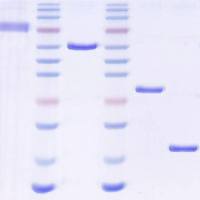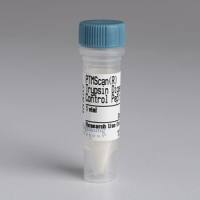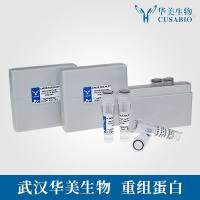The discrimination by oxygen transport (DOT) method is a dual-probe saturation-recovery electron paramagnetic resonance approach
in which the observable parameter is the spin-lattice relaxation time (T
1
) of lipid spin labels, and the measured value is the bimolecular collision rate between molecular oxygen and the nitroxide
moiety of spin labels. This method has proven to be extremely sensitive to changes in the local oxygen diffusion-concentration
product (around the nitroxide moiety) because of the long T
1
of lipid spin labels (1–10 �s) and also because molecular oxygen is a unique probe molecule. Molecular oxygen is paramagnetic,
small, and has the appropriate level of hydrophobicity that allows it to partition into various supramolecular structures
such as different membrane domains. When located in two different membrane domains, the spin label alone most often cannot
differentiate between these domains, giving very similar (indistinguishable) conventional electron paramagnetic resonance
spectra and similar T
1
values. However, even small differences in lipid packing in these domains will affect oxygen partitioning and oxygen diffusion,
which can be easily detected by observing the different T
1
s from spin labels in these two locations in the presence of molecular oxygen. The DOT method allows one not only to distinguish
between the different domains, but also to obtain the value of the oxygen diffusion-concentration product in these domains,
which is a useful physical characteristic of the organization of lipids in domains. Profiles of the oxygen diffusion-concentration
product (the oxygen transport parameter) in coexisting domains can be obtained in situ
without the need for the physical separation of the two domains. Furthermore, under optimal conditions, the exchange rate
of spin-labeled molecules between the two domains could be measured (10
).






